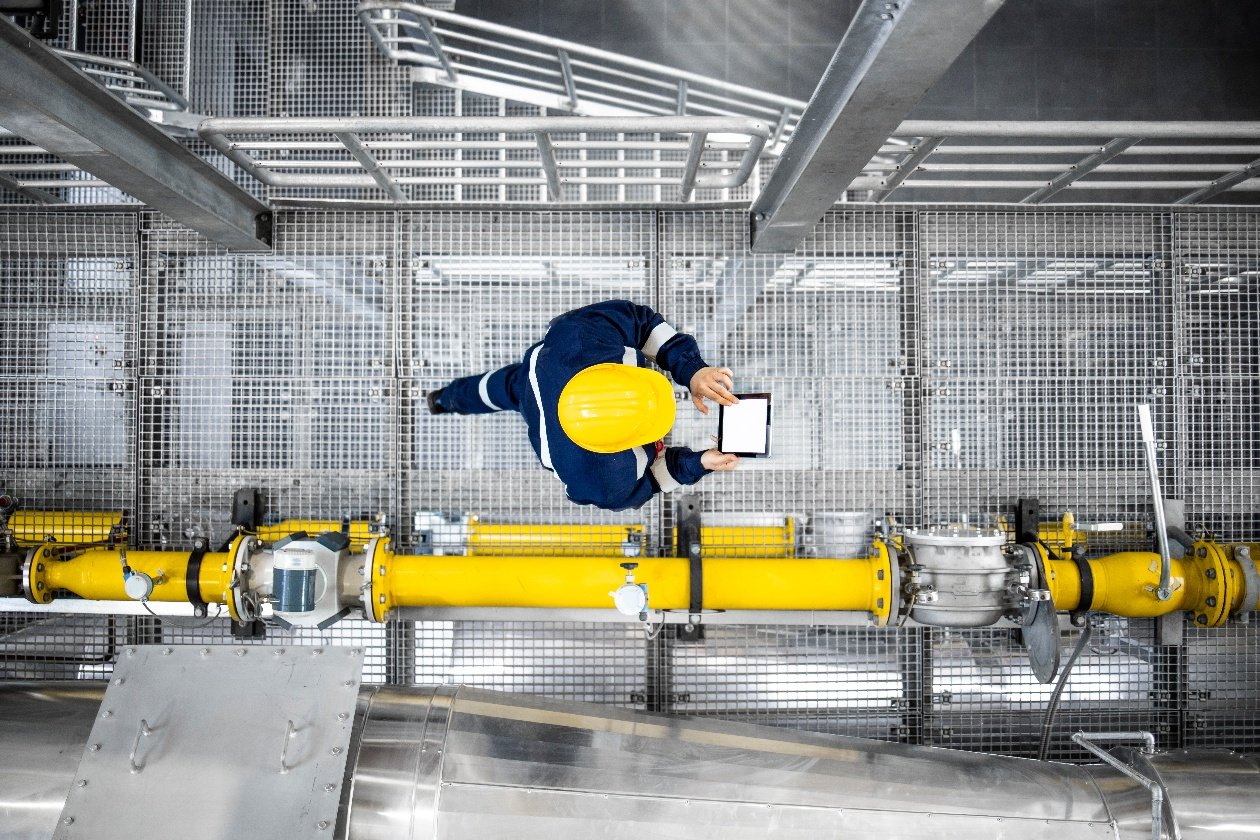
Defining what constitutes a “safe” job site isn’t just up to the discretion of the individual company—it’s about staying compliant with Occupational Safety and Health Administration (OSHA) guidelines. But OSHA initiatives aren’t static; they are constantly evolving, and organizations without a solution in place to manage these changing compliance protocols are at risk.
In this blog, we'll delve into the significance of automated compliance management systems for adhering to OSHA regulations, explore the types of inspections brands should conduct to prepare for audits, and highlight the benefits of embracing automation in ensuring workplace safety.
Understanding new OSHA guidelines for job site inspections
OSHA continuously refines its standards to enhance workplace safety and mitigate risks. The latest guidelines emphasize the importance of thorough job site inspections to identify hazards (e.g., chemical, ergonomic, physical) and ensure compliance with safety regulations (e.g., thorough documentation, training). These inspections are not only mandatory but also serve as proactive measures to prevent accidents and protect workers' well-being.
Some key aspects of OSHA guidelines for job site inspections include:
- Increased emphasis on regular inspections to identify and address potential hazards
- Integration of technology for more efficient data collection and analysis during inspections
- Streamlined reporting processes to facilitate compliance documentation
The need for automated compliance management systems
Manual methods of compliance management are no longer sufficient to keep pace with regulatory changes and ensure comprehensive adherence to OSHA guidelines. Brands require automated compliance management systems to navigate the complexities of regulatory compliance effectively. Here's why:
- Enhanced efficiency: Automated systems streamline compliance processes, reducing the time and effort required for documentation, reporting, and corrective actions.
- Real-time monitoring: With automated systems, brands can monitor compliance status in real time, enabling timely interventions and preventing potential violations.
- Centralized data management: Automated systems centralize compliance-related data, ensuring easy access, accurate record-keeping, and seamless audit trails.
- Customization and scalability: These systems are often customizable to suit specific industry requirements and scalable to accommodate growth and evolving regulatory landscapes.
- Risk mitigation: By proactively identifying and addressing compliance gaps, automated systems help mitigate risks associated with non-compliance, including penalties, fines, and reputational damage.
Top in-house inspections to prepare you for OSHA audits
To prepare for OSHA audits and demonstrate commitment to workplace safety, brands should conduct various types of inspections. These inspections serve as proactive measures to identify and mitigate potential hazards. Some essential inspection types include:
- Routine safety inspections: Regular inspections of job sites, equipment, and processes to identify safety hazards and ensure compliance with OSHA standards.
- Preventive maintenance inspections: Inspections of machinery, tools, and facilities to detect wear and tear, malfunctions, or potential hazards that could compromise safety.
- Hazard assessments: Comprehensive assessments to identify and evaluate potential workplace hazards, including chemical, ergonomic, and physical hazards.
- Emergency preparedness inspections: Assessments of emergency response plans, evacuation procedures, and safety protocols to ensure readiness for unforeseen events.
- Compliance audits: Thorough audits of safety procedures, documentation, and training records to assess compliance with OSHA regulations and identify areas for improvement.
Success story: TWO MEN AND A TRUCK
TWO MEN AND A TRUCK® is the largest franchised moving company in America and recently celebrated 8 million moves as a brand. There are more than 380 locations and 3,000 trucks operating in 45 US states with franchises also in Canada, Ireland, and the UK.
With core values that include giving back to the community and the ‘Grandma Rule’ – to treat everyone the way you would want your Grandma to be treated, it’s not surprising that a key priority is to focus on safety.
After an exhaustive search and evaluation, reviewing more than 20 different options, the Safety & Risk Team selected to partner with CMX1, implementing ActivitiesX1 to provide consulting and training services for franchisees in the areas of Occupational Safety and Health Administration (OSHA) compliance and policies, Department of Transportation (DOT) compliance, general training and safety, and risk reduction.
Risk improvement self-assessments are performed by franchisees throughout the year and reviewed by the leadership team. Other components of the Safety Submission program include the creation and distribution of monthly safety and personnel-related content, and assignments to franchisees.
With the program fully migrated to ActivitiesX1, there are now dashboard-driven key performance indicators for franchisees each month and engagement in trend analysis using CMX1’s integrated Tableau reporting. The X1 platform also enables organizations of all sizes to digitize their operating procedures and protocols for a systematic approach to achieving and maintaining quality and operational excellence. Its drag-and-drop form builder and program design tools can create and manage company policies, audits, self-assessments, inspections, checklists, and survey programs.
“It didn't take long to see the benefits of our investment in CMX1. ActivitiesX1 is already proving to be a huge stride forward for us in terms of ease of use and efficiency. The user experience, user interface and capabilities are far superior to everything else out there.”
–KEVIN MCCULLOUGH, SAFETY & RISK TEAM LEAD | TWO MEN AND A TRUCK
Scale your safety practice and ensure OSHA compliance
Adherence to OSHA guidelines is non-negotiable for brands committed to ensuring workplace safety—and new OSHA guidelines for job site inspections underscore the importance of proactive compliance measures.
By embracing automated compliance management systems, brands can streamline compliance processes, enhance efficiency, and mitigate risks associated with non-compliance. Conducting various types of inspections prepares brands for OSHA audits and demonstrates a commitment to creating a safe and healthy work environment for employees. As businesses strive to navigate regulatory complexities, automated compliance management systems emerge as indispensable tools for achieving and maintaining compliance excellence.
SafetyX1 enables you to fully digitize policies, create checklists and activities to ensure compliance in the field, conduct audits and inspections, report in real time, and drive corrective and preventative actions that resolve issues and reduce risk.
You can’t be everywhere at once to protect your team members, which is why the right technology is needed to help you scale your safety practices and ensure your people are doing the right things no matter where they are in the world. To learn more about how CMX1 can help you maintain high safety standards across locations and remain compliant with ongoing OSHA guidelines, contact one of our experts.




